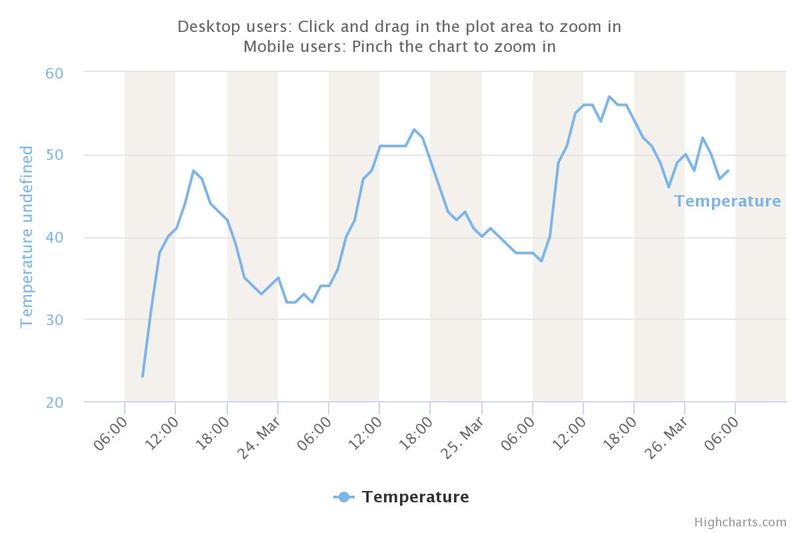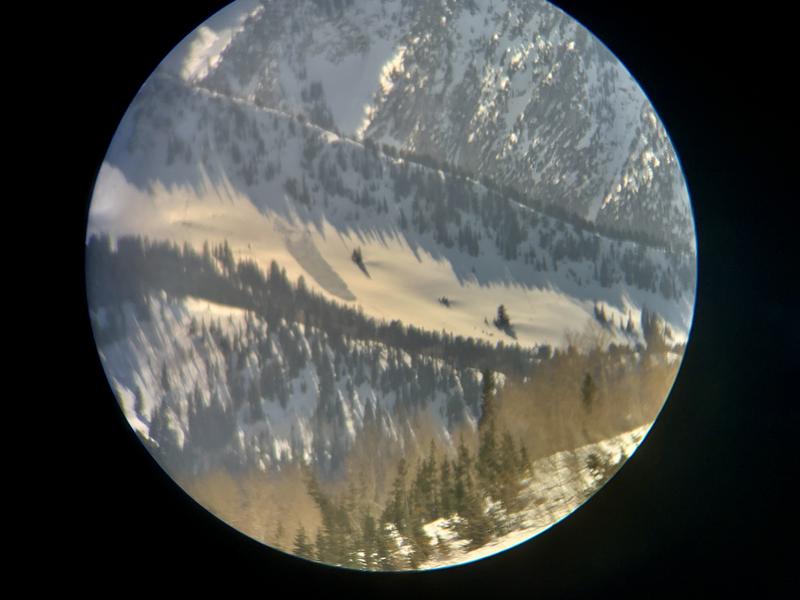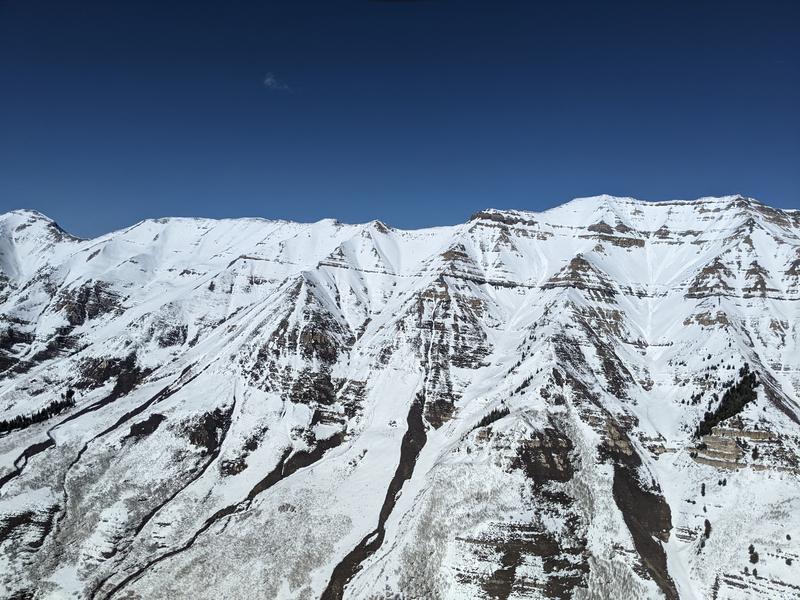First, let's say that there is a lot of uncertainty here. We are dealing with an unusually cranky snowpack for so late in the season and now we're subjecting it to sustained, blistering heat and record-breaking temperatures. The melt-freeze cycle in general provides a stabilizing influence on the snowpack, but once you lose the "freeze" part of the cycle, frightful things begin to happen, particularly when the sun is beating down on the mountains during the day and you have a conditionally unstable, layered, "cranky" snowpack. The melt-water now starts to potentially pool along structural interfaces, dissolve the bonds holding the snow together, and, well, initiate avalanches.
A colleague of ours in Montana, Erich Peitzsch, in researching wet slab avalanches, wrote, "The funny business, (as the avalanche forecasters/researchers) Reardon and Lundy describe it, is usually a section of coarser grains underlying finer grains (i.e., facets under rounds). This potential weak layer is able to support the load above it, but once water enters the equation, funny things begin to happen which, again, are not well understood."
BIG PICTURE: I am worried about the wet avalanche conditions this weekend. Some of the concerns are below.
- Wet Loose avalanches are likely on all aspects and elevations and may subsequently trigger wet slabs below.
- Wet Slab avalanches are probable on many aspects and elevations and perhaps most likely on steep northeast to southeast facing aspects. Crown depths may be 1-3' with very wide propagation.
- Cornices are sagging and may calve off in this heat, triggering avalanches below..
Remember that wet avalanche debris sets up immediately like concrete and difficult to excavate an avalanche victim.
Travel Advice: Avoid steep terrain, particularly steep rocky terrain. Collapsing or punchy snow conditions are potential warning signs.










